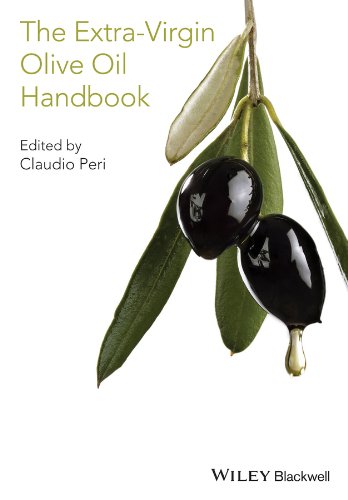

Most ebook files are in PDF format, so you can easily read them using various software such as Foxit Reader or directly on the Google Chrome browser.
Some ebook files are released by publishers in other formats such as .awz, .mobi, .epub, .fb2, etc. You may need to install specific software to read these formats on mobile/PC, such as Calibre.
Please read the tutorial at this link. https://ebooknice.com/page/post?id=faq
We offer FREE conversion to the popular formats you request; however, this may take some time. Therefore, right after payment, please email us, and we will try to provide the service as quickly as possible.
For some exceptional file formats or broken links (if any), please refrain from opening any disputes. Instead, email us first, and we will try to assist within a maximum of 6 hours.
EbookNice Team

Status:
Available5.0
20 reviewsAccording to European legislation, extra virgin is the top grade of olive oils. It has a superior level of health properties and flavour compared to virgin and refined olive oils. Mediterranean countries still produce more than 85% of olive oil globally, but the constant increase of demand for extra virgin olive oil has led to new cultivation and production in other areas of the world, including California, Australia, China, South Africa and South America. At the same time, olive oil’s sensory properties and health benefits are increasingly attracting the attention and interest of nutritionists, food processors, manufacturers and food services. Progress and innovation in olive cultivation, harvesting and milling technologies as well as in oil handling, storage and selling conditions make it possible to achieve even higher quality levels than those stipulated for extra virgin oils. As a consequence, a new segment – excellent extra virgin olive oils – is increasingly attracting the attention of the market and earning consumers’ preference.
The Extra Virgin Olive Oil Handbook provides a complete account of olive oil’s composition, health properties, quality, and the legal standards surrounding its production. The book is divided into convenient sections focusing on extra virgin olive oil as a product, the process by which it is made, and the process control system through which its quality is assured. An appendix presents a series of tables and graphs with useful data, including conversion factors, and the chemical and physical characteristics of olive oil.
This book is aimed at people involved in the industrial production as well as in the marketing and use of extra virgin olive oil who are looking for practical information, which avoids overly academic language, but which is still scientifically and technically sound. The main purpose of the handbook is to guide operators involved in the extra virgin olive oil chain in making the most appropriate decisions about product quality and operating conditions in the production and distribution processes. To these groups, the most important questions are practical ones of why, how, how often, how much will it cost, and so on. The Extra Virgin Olive Oil Handbook will provide the right answers to these key practical considerations, in a simple, clear yet precise and up-to-date way.